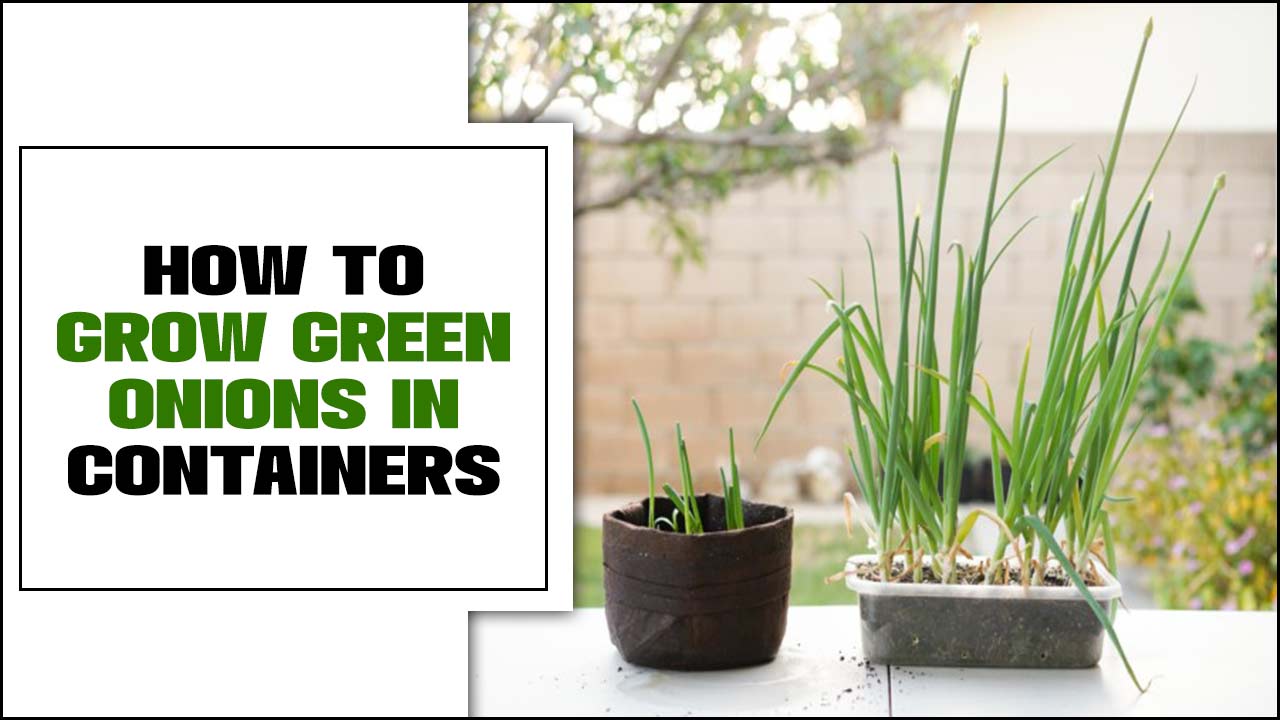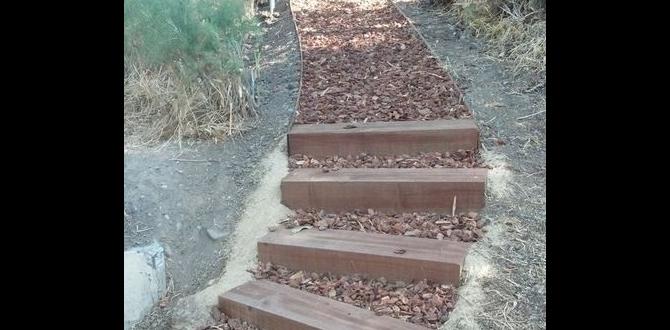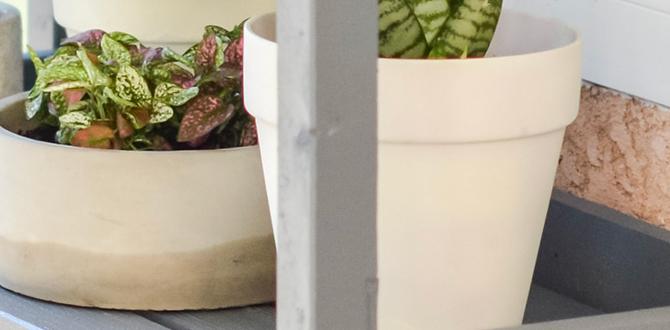Onions are a staple ingredient in many cuisines around the world, prized for their pungent flavor and versatile use in a variety of dishes. From soups to stews, salads to sauces, onions add depth and complexity to any dish.
However, not all onions are created equal and knowing when to harvest them can greatly impact their flavor. As a professional farmer or home gardener, the timing of onion harvest is crucial in achieving the optimal flavor for your dishes.
here, we will delve into When To Harvest Onions For Optimal Flavors and discuss the best time to harvest them to ensure the most delicious results. From understanding the different types of onions to recognizing signs of ripeness, we will provide you with the necessary knowledge to harvest your onions at the peak of flavor.
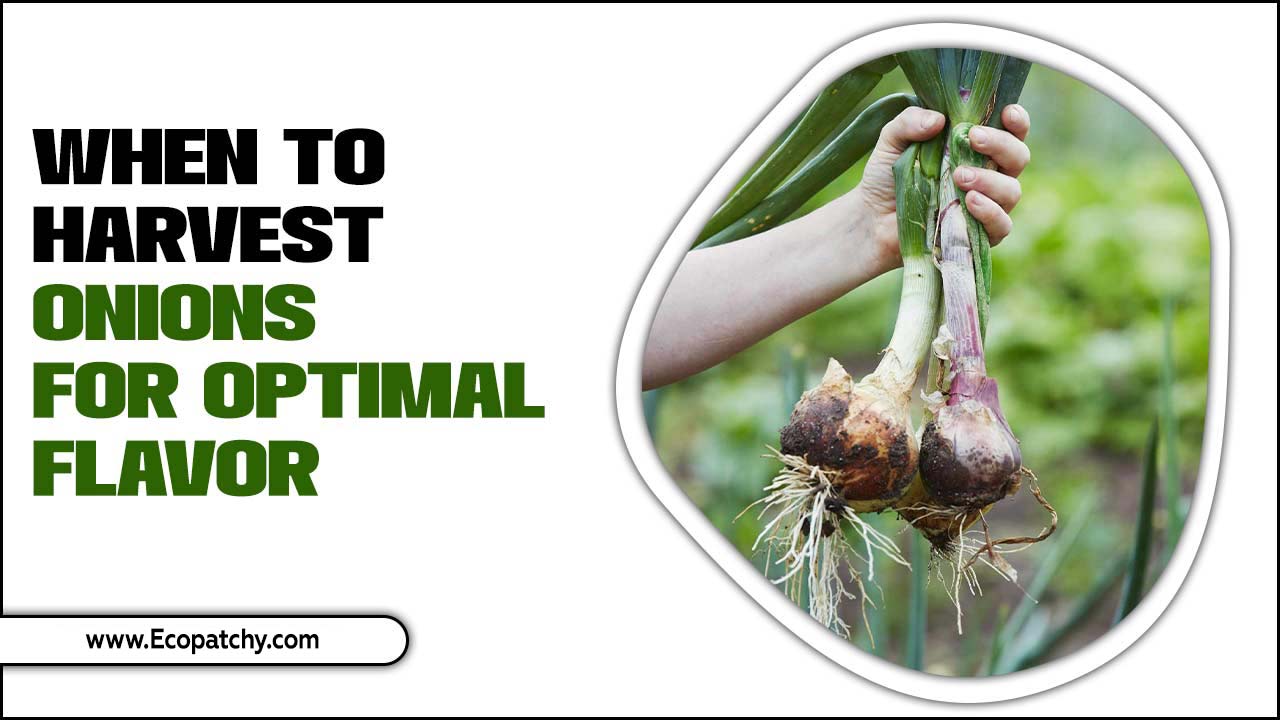
When To Harvest Onions For Optimal Flavor – Full Discussion
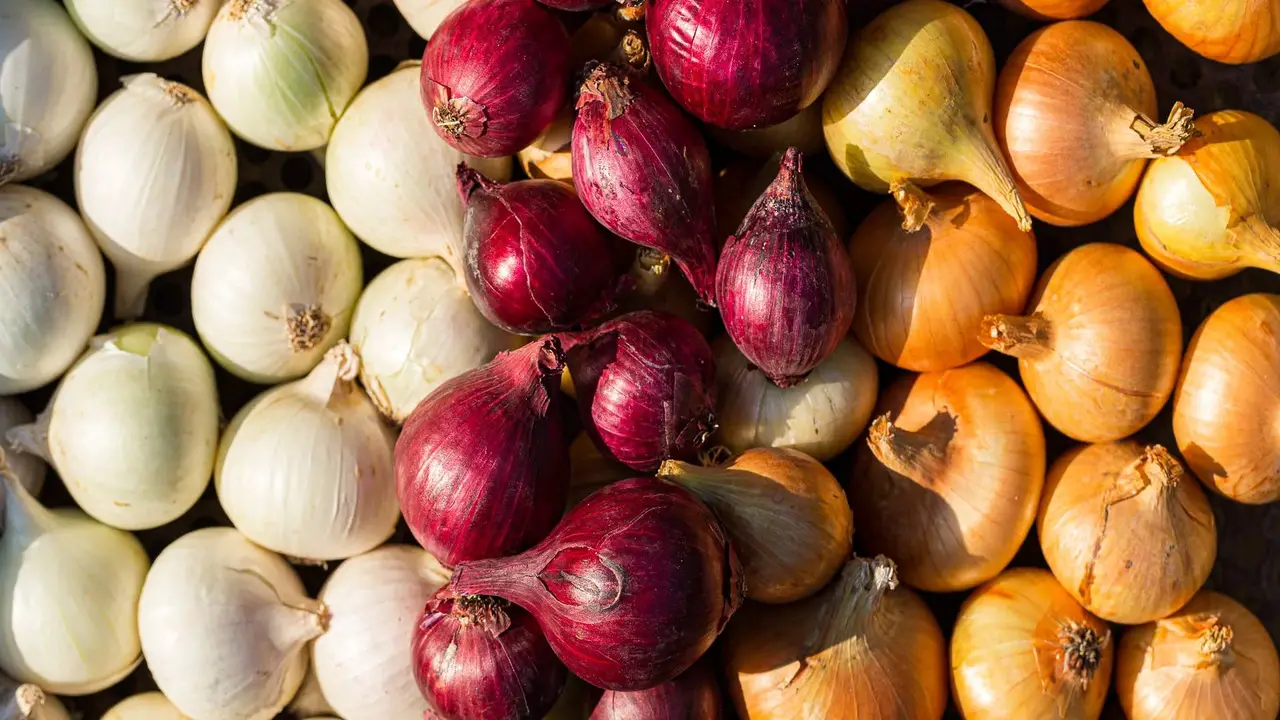
Here to know the answer When To Harvest Onions For Optimal Flavor? While it may be tempting to pluck the first onion bulb you see, it’s important to wait for the right signs of maturity.
It has been observed that when onions are harvested at a stage where approximately 80% of the foliage has undergone die back, the resulting flavor profile is significantly enhanced.Onions typically take around 100-120 days to reach their full potential, depending on the variety.
One of the key indicators of readiness is the drying of the onion’s foliage. As the onion matures, the green tops will gradually turn yellow and eventually flop over. This is a clear signal that the onion has stopped growing and is ready to be harvested.
- Onions are typically ready for harvest when the tops start to dry out and fall over.
- The bulbs should feel firm and have a papery skin when touched.
- It is recommended to wait until most of the tops have dried out before harvesting.
- Harvesting too early may result in smaller bulbs with less flavor.
- Weather conditions can also affect the optimal time for harvesting onions. If there is excessive rainfall, it is best to wait until the soil has dried out.
- To harvest, gently dig around the base of the plant and lift the bulbs from the soil.
- After harvesting, onions should be cured by drying them in a well-ventilated area for a couple of weeks.
- Properly cured onions can be stored in a cool, dry place for several months, maintaining their flavor.
Signs That Onions Are Ready To Harvest
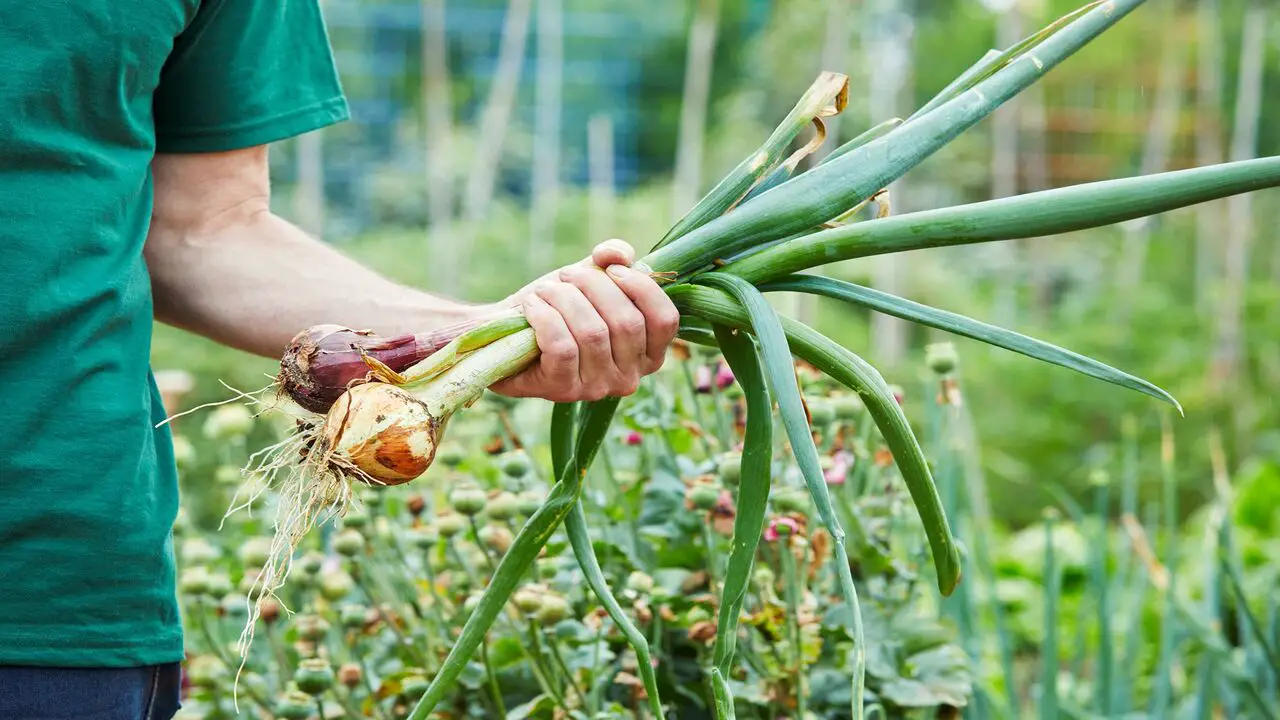
Proper timing is crucial when it comes to harvesting onions for optimal flavor. While the size of the bulb is an important factor, there are several other signs that indicate the onions are ready to be pulled from the ground. One of the first signs to look for is the foliage of the onion plant.
As the onions mature, the tops will start to turn yellow and flop over. This is a clear indication that the onion bulbs have stopped growing and are ready to be harvested. Here are some signs that onions are ready to harvest for optimal flavor:
- Bulb Size: When the onion bulbs have reached a desirable size, typically indicated by a diameter of 2 to 3 inches (5 to 7.5 cm), they are ready to be harvested. Avoid leaving them in the ground for too long as they may become overly mature and start to sprout.
- Yellowing And Drying Tops: As the onions near maturity, the tops of the plants will start to turn yellow and dry out. This is a good indication that the bulbs have finished growing and are ready to be harvested.
- Softening Of Tops: When gently pressing on the tops of the onion plants, you may notice that they have started to soften. This indicates that the bulbs have stopped growing and are ready to be pulled from the ground.
- Papery Skin: Mature onions will have a papery outer skin that helps protect the bulbs during storage.
Timing The Harvest For Flavor Development
Harvesting onions for optimal flavor, timing is key. Harvesting onions at the right time ensures that they have developed their full potential in terms of flavor and texture. Generally, the optimal time to harvest onions is when their foliage starts to turn yellow and bend over at the neck.
This signifies that the bulbs have reached their maturity and have stored enough nutrients for optimal flavor development. However, it is important to keep in mind that different onion varieties have varying maturation times, so it is crucial to consult the specific guidelines provided by the seed supplier or gardening resources.Here are some tips to help you make the most of your onion harvest:
- Pay Attention To The Foliage: As onions mature, their foliage will start to yellow and topple over. This is a good indication that they are ready for harvest. However, it’s important not to wait too long, as overripe onions can become soft and lose their flavor.
- 2. Monitor Bulb Size: Onions reach their peak flavor when the bulbs have reached their full size. This is usually around 2-3 inches (5-7.5 cm) in diameter for most varieties. Avoid harvesting them too early when they are still small, as they may not have developed their full flavor potential.
- Check The Necks: Before harvesting, gently lift the onions and check the necks. The necks should feel dry and papery, indicating that the onions are mature.
How To Properly Harvest Onions
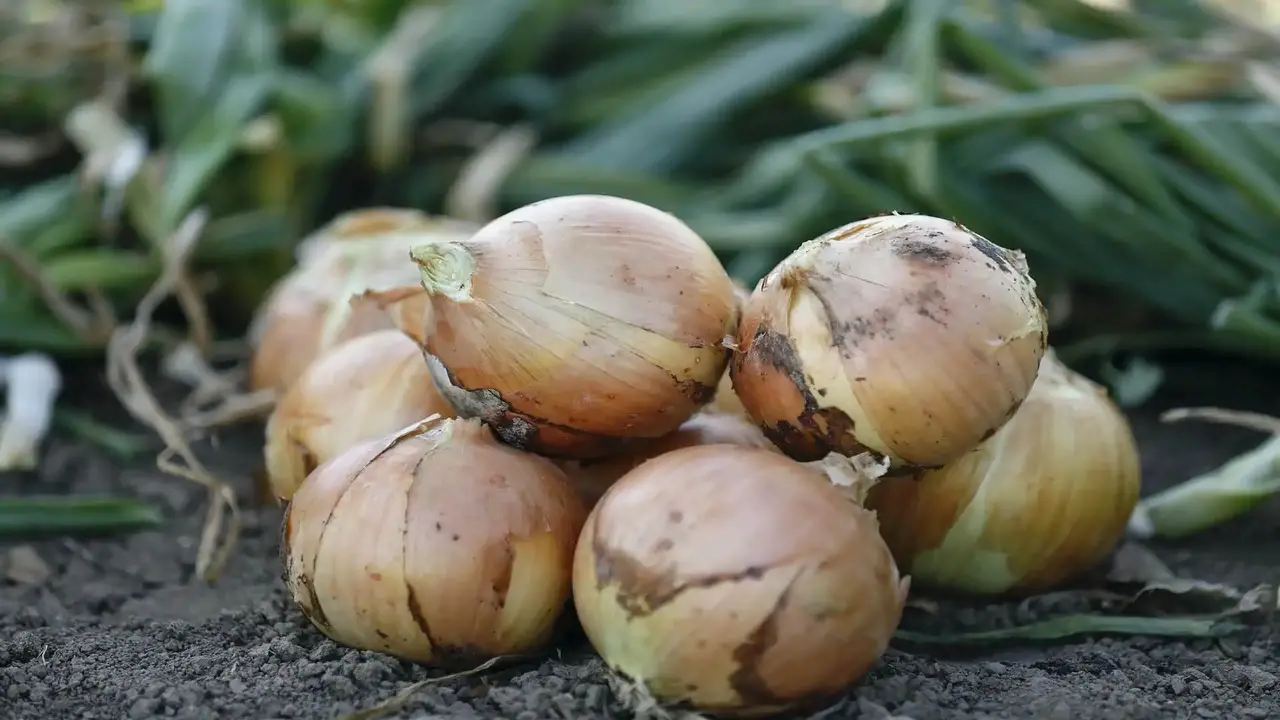
To properly harvest onions for optimal flavor , it is important to pay close attention to their growth and development. The timing of the harvest will greatly impact the taste and texture of the onions. As a general guideline, onions should be harvested when the tops start to turn yellow and begin to fall over.
This indicates that the onions have reached maturity and are ready for harvest. However, it is crucial to check the necks of the onions before harvesting.here are some steps you can follow:
- Timing: Wait until the onion tops have dried and fallen over. This usually occurs in late summer or early fall, depending on the variety and growing conditions.
- Loosen The Soil: Use a garden fork or shovel to gently loosen the soil around the onions. Be careful not to damage the bulbs.
- 3. Lift The Onions: Carefully lift the onions out of the ground by grasping the tops near the bulb. Avoid pulling or tugging too hard, as this can cause damage.
- Cure The Onions: Lay the onions in a single layer in a well-ventilated area, such as a shed or garage. Allow them to cure for about two weeks. This process helps to dry out the outer layers and improve their storage life.
- Trim And Clean: After curing, remove any remaining soil and trim the tops of the onions, leaving about an inch of stem.
Troubleshooting Common Onion Harvesting Issues
Harvesting onions at the right time is crucial for achieving optimal flavor and texture. While it may be tempting to pull them out of the ground as soon as you see the tops start to wilt and turn yellow, this may not always be the best indicator. Onions should be left in the ground until the tops have completely dried and fallen over.
This ensures that the bulbs have reached their maximum size and have had enough time to develop their distinct flavor. However, waiting too long to harvest can result in onions that have started to sprout or become soft, so it’s important to strike the right balance. To avoid these common onion harvesting issues, here are a few troubleshooting tips:
- Small Bulbs: If your onions are growing small bulbs, it could be due to overcrowding. Onions need enough space to grow and develop properly. Make sure to plant them at the recommended spacing, usually 4-6 inches apart.
- Neck Rot: Neck rot is a common issue that affects onions during storage. It is caused by fungal or bacterial infections. To prevent neck rot, ensure that onions are fully matured before harvesting them. Additionally, carefully cure and store them in a dry, well-ventilated area.
- Premature Bolting: Onions can bolt, or prematurely produce a flower stalk, due to various factors such as temperature fluctuations or stress. To prevent premature bolting, plant onion varieties that are suitable for your region and provide consistent watering and proper fertilization.
- Splitting Or Cracking: Overwatering or sudden heavy rainfall can cause onions to split or crack.
Tips And Tricks For Maximizing Onion Flavor
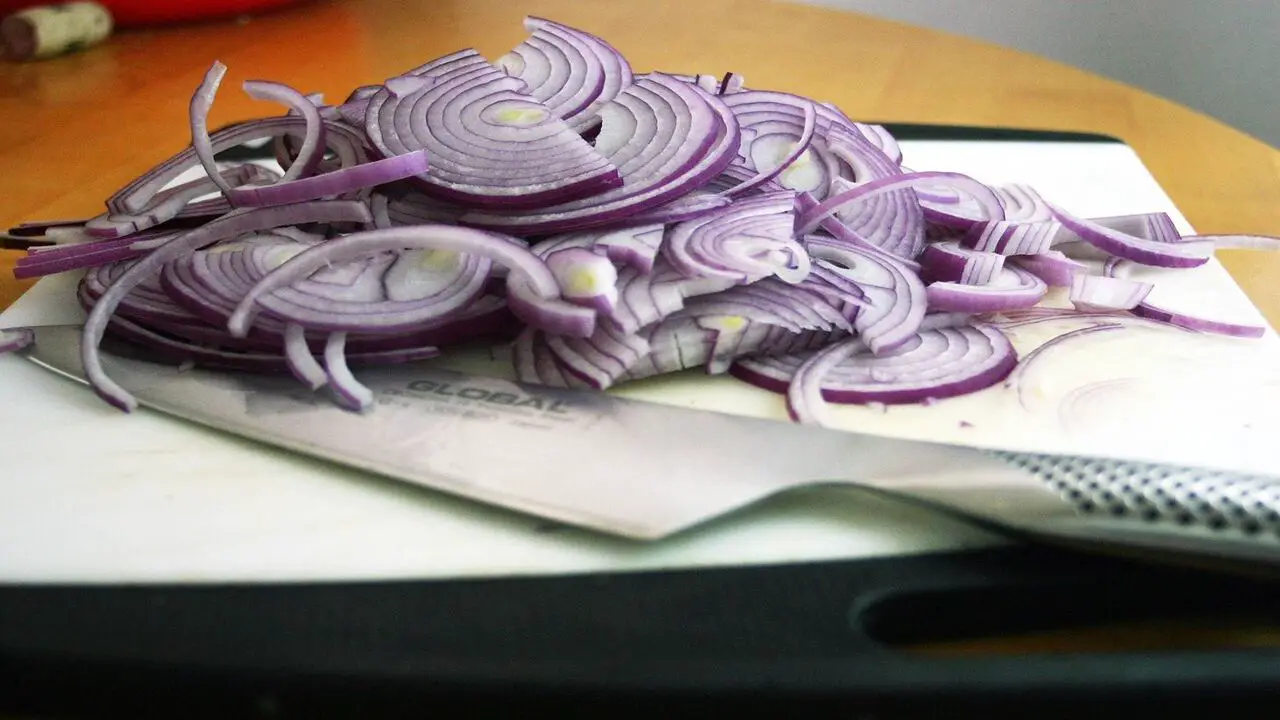
Maximizing onion flavor, timing is everything. Knowing when to harvest onions for optimal flavor is crucial in ensuring that you get the most out of your crop. The ideal time to harvest onions depends on the variety and the desired flavor profile.
For sweeter, milder flavors, it is recommended to harvest them when the onion bulbs are still small to medium in size and the tops have started to yellow and fall over. This indicates that the onion has reached its full maturity and the sugars have developed, resulting in a more delicate taste. Here are some tips and tricks for maximizing onion flavor when harvesting onions:
- Wait For The Right Time: Onions should be harvested when the tops start to turn yellow and fall over. This indicates that the bulbs have reached maturity and have developed their full flavor.
- Proper Curing: After harvesting, onions should be cured in a dry and well-ventilated area for about two to three weeks. This process allows the outer layers to dry and the flavors to concentrate.
- Store Them Properly: Once cured, store onions in a cool, dry, and dark place. Avoid storing them with other fruits and vegetables, as onions release ethylene gas which can accelerate spoilage in some produce.
- Use The Proper Harvesting Technique: When pulling onions from the ground, be gentle to avoid bruising or damaging the bulbs. Lift them carefully by grasping the tops and gently pulling upward.
- Trim And Clean Before Storage: Remove excess dirt and trim the roots and tops of the onions before
Delicious Recipes To Enjoy With Freshly Harvested Onions
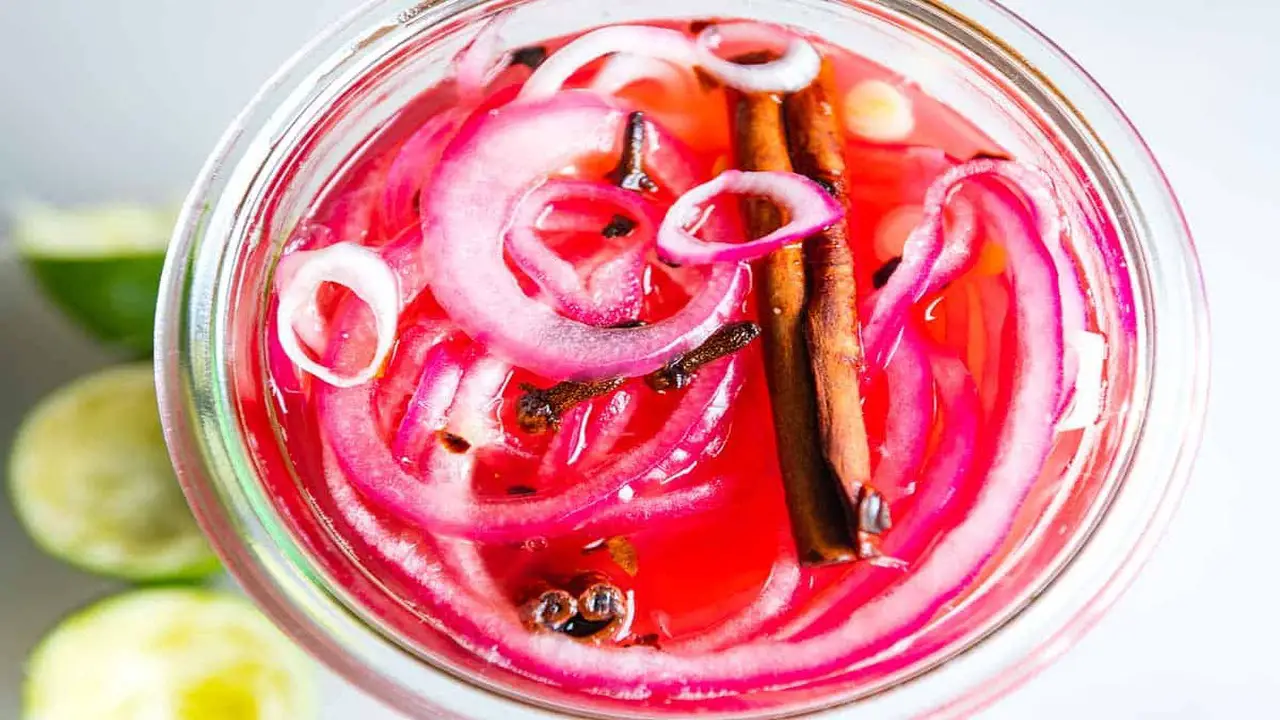
Once you’ve determined the perfect time to harvest your onions, you can look forward to enjoying them in a variety of delicious recipes. Freshly harvested onions have a robust and sweet flavor that can elevate any dish. One of the classic recipes to savor with your onions is French onion soup.
The caramelized onions add a rich and savory taste to the broth, creating a comforting and hearty dish. Another popular option is to use the freshly harvested onions in a homemade salsa. Delicious Recipes to Enjoy with Freshly Harvested Onions:
- Caramelized Onion Tart: Thinly slice the freshly harvested onions and slowly cook them until they become soft and golden. Spread the caramelized onions over a pre-baked tart crust and top with your favorite cheese. Bake until the cheese is melted and bubbly.
- French Onion Soup: Sauté the freshly harvested onions until they are caramelized, then simmer them in a flavorful broth until they become rich and tender. Serve the soup with toasted bread and melted cheese on top for a comforting and delicious meal.
- Onion Rings: Slice the freshly harvested onions into rings and dip them in a batter made of flour, milk, and spices. Fry the onion rings until they turn crispy and golden. Serve them as a tasty appetizer or side dish.
- Grilled Onion And Steak Skewers: Cut the freshly harvested onions into chunks and skewer them alternately with marinated steak pieces.
Conclusion
Understanding the optimal time to harvest onions is crucial for achieving the best possible flavor in your dishes. By paying attention to the visual cues and conducting a simple taste test, you can determine when your onions are at the peak of their flavor potential.
This knowledge will not only elevate your culinary creations, but also save you from the disappointment of underripe or overripe onions. As with any crop, proper harvesting techniques and timing are essential for achieving the most desirable taste, and onions are no exception.
So, take the time to carefully monitor your onion plants and harvest them at the optimal moment to savor their full flavor potential. We hope now you understand When To Harvest Onions For Optimal Flavor.
FAQ
1.How Do I Know When My Onions Are Ready To Be Harvested For The Best Flavor?
Ans: Onions are ready to be harvested when the tops start to turn yellow and fall over. To ensure the best flavor, wait for the tops to completely dry out and the necks to become soft. Gently lift the onions from the soil and let them dry in a well-ventilated area for a few weeks. Properly cured onions will have a more concentrated flavor and will store well.
2.Are There Any Visual Cues Or Signs I Should Look For To Determine The Optimal Time To Harvest Onions?
Ans: Yes, there are several visual cues to help determine the optimal time to harvest onions. Look for yellowing and drying of the onion tops, which indicates that the bulbs are reaching maturity. The necks of the onions should also start to soften and bend over.
3.Does The Time Of Year Or Growing Conditions Affect The Flavor Of Harvested Onions?
Ans: Yes, both the time of year and growing conditions can affect the flavor of harvested onions. Onions grown in cooler temperatures tend to have a milder and sweeter flavor, while those grown in warmer temperatures tend to have a stronger and more pungent flavor. Additionally, the amount of rain, sunlight, and soil conditions can also influence the flavor of onions.
4.Can I Leave Onions In The Ground For A Longer Period To Enhance Their Flavor?
Ans: No, leaving onions in the ground for a longer period does not necessarily enhance their flavor. Onions should typically be harvested when their tops have fallen over and dried. Leaving them in the ground for too long can lead to sprouting or rotting, which can actually diminish their flavor. It is best to harvest onions at the right time and store them properly to maintain their flavor and quality.
5.Are There Any Specific Techniques Or Tips For Harvesting Onions To Ensure The Best Flavor?
Ans: To ensure the best flavor when harvesting onions, it is recommended to wait until the tops of the onions have fallen over and started to turn brown. Gently lift the onions out of the ground and allow them to dry in a well-ventilated area for a couple of weeks.
This allows the outer skins to dry and the flavors to concentrate. After drying, trim the tops and store the onions in a cool, dry place. Avoid bruising or damaging the onions during harvest and storage to maintain their flavor.

